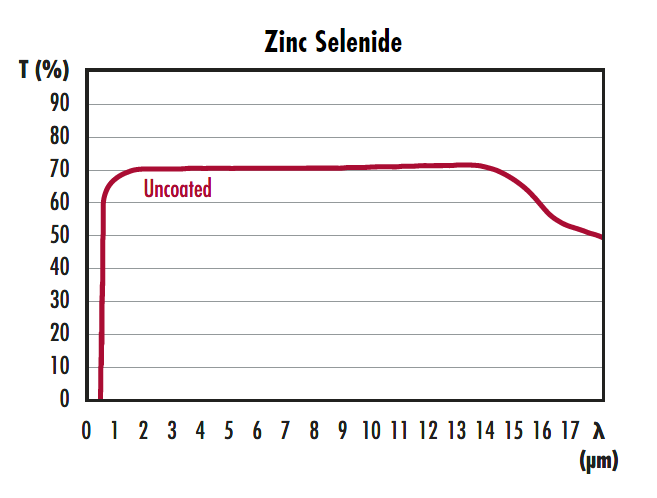
ISP Optics Infrared (IR) Equilateral Prisms, also referred to as dispersion prisms, feature three equal 60° angles and are used in wavelength separating applications. These prisms are available with calcium fluoride (CaF2), germanium (Ge), or zinc selenide (ZnSe) substrates. CaF2 equilateral prisms offer a low refractive index and broad transmission range from 0.2 – 7µm, making them ideal for applications requiring high transmission from the UV through the IR. Ge equilateral prisms are transmissive from 2 – 14µm with a high index of 4.002 at 11µm and are used in applications where the optical path length needs to be maximized. ZnSe equilateral prisms have high, even transmission from 0.6 - 18µm and are typically integrated with CO2 laser systems that feature a 632.8nm HeNe alignment laser and 10.6µm output beam.
Note: Special care should be taken when handling Zinc Selenide as it is a toxic material. Always wear rubber or plastic gloves to avoid risk of contamination.

or view regional numbers
QUOTE TOOL
enter stock numbers to begin
Copyright 2024, Edmund Optics Singapore Pte. Ltd, 18 Woodlands Loop #04-00, Singapore 738100
California Consumer Privacy Acts (CCPA): Do Not Sell or Share My Personal Information
California Transparency in Supply Chains Act